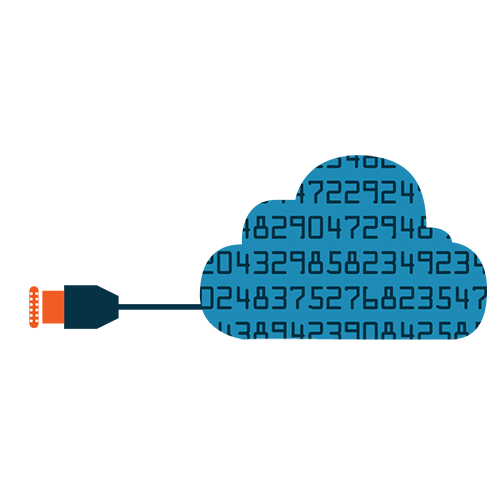Who: Advertising Standards Authority (ASA), Dr Oetker (UK) Limited.
Where: UK
When: 10 August 2016
Law stated as at:
What happened:
The ASA recently held that the use of a consumer survey in a promotional context was misleading and breached the CAP Code.
The ASA investigated whether the claim “Best Pizzeria Taste at home. 9 out of 10 agree” in an ad for the Ristorante pizza could be substantiated and whether it was misleading.
The ad featured a photo of a pizza alongside the claim “Best Pizzeria Taste at Home. 9 out of 10 agree*”
The text went on to say that “All you had to do was purchase a promotional pack and respond to three statements to receive a voucher for your free Dr. Oetker Ristorante pizza, regardless of whether you agree or not*”
The smaller text stated, “*Survey of 58,037 UK Ristorante buyers between 17 August 2015 – 2nd November 2015 and 2,000 ROI Ristorante buyers including first-time and repeat buyers of pizza. 52,700 (90%) UK and 1,829 (91%) ROI participants agreed with the statement “Ristorante has the best pizzeria taste of any pizza I have purchased to cook at home“.
Dr Oetker responded to the investigation by highlighting that they had asked a large number of participants to compare this pizza with any other home-cooked pizza. They said that they felt that this was a fair comparison to ask the participants to make and it was clear that the free voucher was available whether or not they liked the product. The majority (77%) of respondents were first time purchasers of Ristorante pizza.
The ASA concluded that consumers would assume that the participants of the survey would be representative of the general public who would be able to compare the pizzas to competitor products.
The ASA found in Dr Oetker’s favour on one point – that they agreed that it was clear to participants that the vouchers for the free pizzas were available whether or not they responded positively to the statement and this was not likely to influence their response to the query.
However, in order to take part in the survey, participants had to buy a Ristorante pizza. The ASA held that this meant that the sample included a relatively large proportion (23%) of participants who had previously purchased a Ristorante pizza. Participants may also have been tempted to buy the pizza by the offer of receiving a free pizza. The ASA therefore felt that the sample included a disproportionately high number of individuals who viewed Ristorante’s pizzas in a favourable light.
In addition, the ASA stated that the phrase which the participants had to respond to, “Ristorante has the best pizzeria taste of any pizza I have purchased to cook at home” was too vague as it did not present the participants with a list of pizzas to select from nor did it ask them what other pizzas they had tasted. Dr Oetker also did not include a mechanism to filter out participants who had never, or not recently, tasted competitor pizzas and would therefore be unable to make an informed judgment on the statement.
The ASA concluded that the ad was misleading as the sample was not representative of the general public and, moreover, this bias in the sample was not clear in the ad.
Why this matters:
Advertisers must ensure that any marketing which includes claims based on promotional surveys are clear and not misleading for consumers. Particular care must be taken if the survey is only open to individuals who buy a product; the respondent group may be skewed by a higher percentage of repeat customers for that product.








